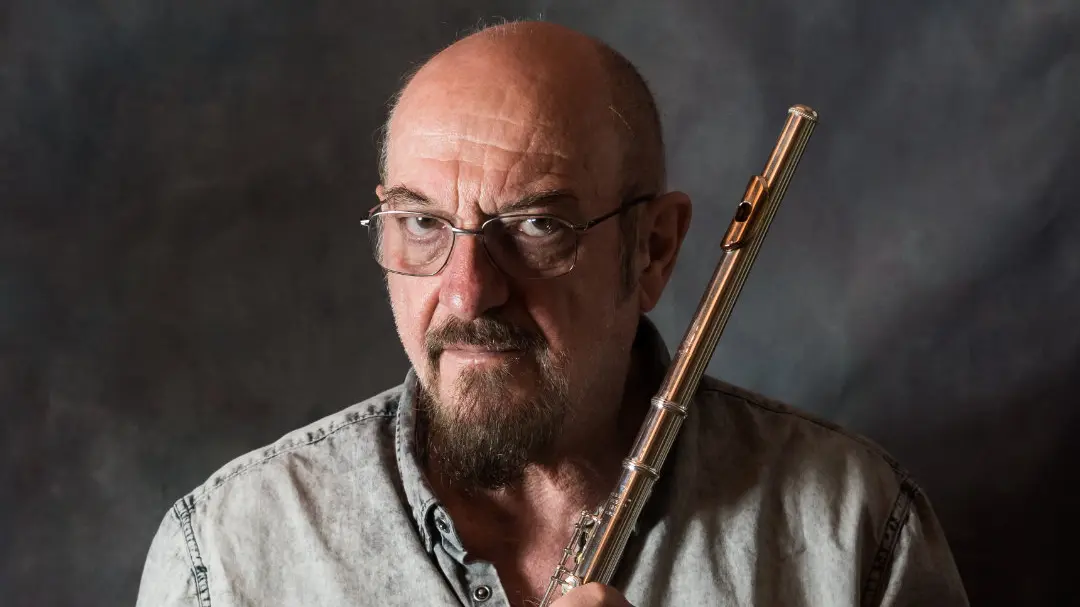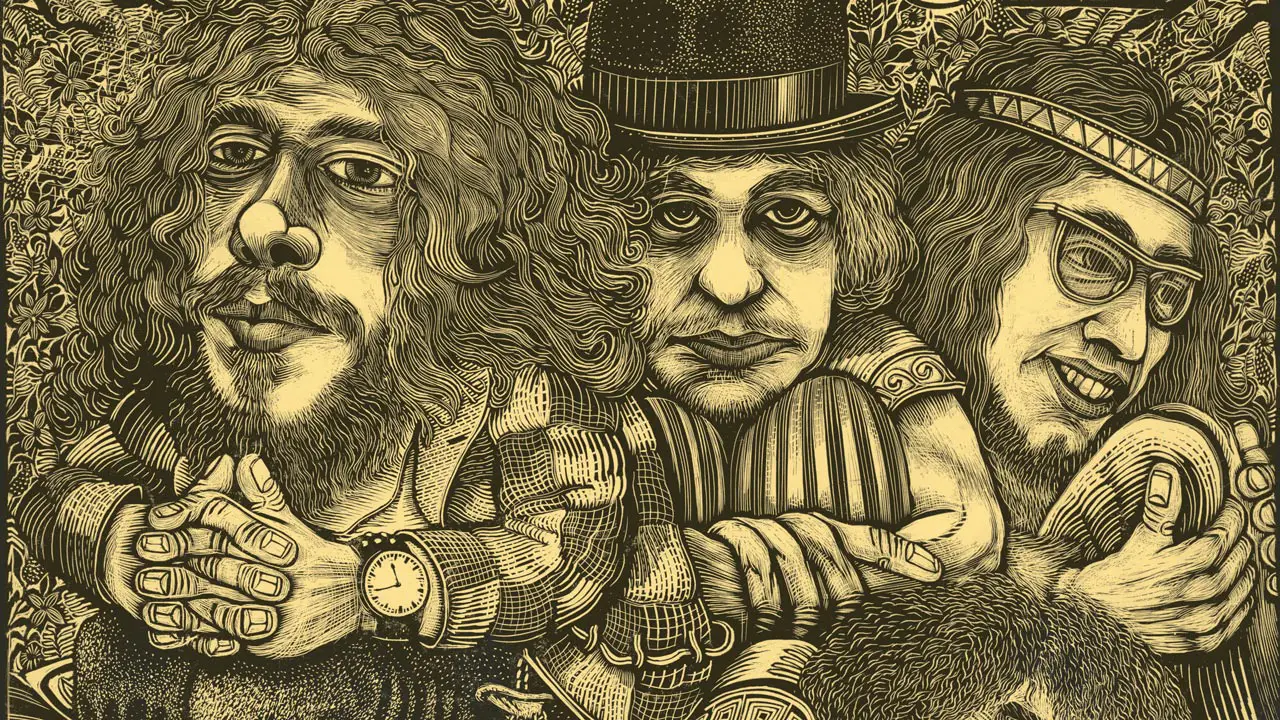Stand Up Songs Ranked
Stand Up is the second studio album by British rock band Jethro Tull, released in 1969. It was the first Jethro Tull album to feature guitarist Martin Barre, who would go on to become the band’s longtime guitarist until its initial dissolution in 2012. Before recording sessions for the album began, the band’s original guitarist Mick Abrahams departed the band as a result of musical differences with frontman and primary songwriter Ian Anderson; Abrahams wanted to stay with the blues-rock sound of their 1968 debut, This Was, while Anderson wished to add other musical influences such as folk-rock. The album quickly went to No. 1 on the UK charts, further launching the band’s career, while the non-album single “Living in the Past” peaked at No. 3. The album was also Jethro Tull’s first success in the United States, reaching No. 20 on the Billboard 200. Here are all of Stand Up songs ranked.
Enjoy listening to this British rock band. Click below and enjoy the blues-rock and jazz fusion music of Jethro Tull.
10. For a Thousand Mothers
“The drums initiate the flute riff backed by the drums. The flute responds to Anderson’s injunctions with a battery that fires all wood. The guitar arrives to change the atmosphere and counterbalance the flute which finally takes the solo.”
9. Look Into the Sun
“Anderson sings with a slightly strange vibrato and a slightly aquatic voice; the effect is truly magical. Folk influences are very present here. We will notice the continual counter-melody of a discreet electric guitar. There Jethro Tull plays very finely and it tickles the ears, oh so pleasantly!”

8. Reasons for Waiting
“This track begins with acoustic guitar with flute on vocals. Anderson sings a beautiful melody in a soft voice. The 2nd verse is preceded by an interlude of flute doubled by organ which moreover accompanies all along the piece. At the end, the piece is enriched with strings. Strangely mystical piece.”
See more: Jethro Tull Albums Ranked
7. Back to the Family
“He introduces himself on guitar, bass and drums then the rhythm changes for the wait-and-see verse. The intro returns as an interlude to lead to a chorus with another more caustic rhythm followed by a flute solo. In the 2nd chorus, the flute solo is followed by another guitar which concludes this piece. So we have 3 elements on 3 different rhythms: the introduction which also serves as an interlude, the verse and the chorus: the perfect prog song in short.”

6. We Used to Know
“As the sequence of chords repeats itself, the intensity of the piece increases. The effect is very effective. In the middle, at the flute solo, follows a superb wah-wah guitar solo. After a return of the theme, the guitar gratifies us with a second solo just as convincing as the 1st, and the piece ends there.”
5. Bourée
“Bach from a suite for lute. Anderson syncopated the rhythm and made it an explosive classical-jazz cocktail combining musicality, virtuosity and dynamism. The piece begins with Bach’s theme on flute and bass; a 2nd flute is added in counter-melody, supported by the rhythm guitar. The drum entry begins a flute improvisation.”
See more: Jethro Tull Songs Ranked

4. Fat Man
“It is a strongly influenced piece from the Far East with a panoply of plucked strings and percussion. The lyrics are a complaint from Ian, against a background of Indian sitar, about his weight gain.”
3. Jeffrey Goes to Leicester Square
“Jeffrey Goes To Leicester Square” is decidedly calmer and more acoustic with a palette of plucked strings, flute and percussion. It is delicate and very beautiful.”

2. Nothing Is Easy
“It begins with the flute with drums and bass in the background. The drums then launch a continuous and catchy rhythm; each incantation of Ian is commented by a very incisive guitar motive. A break alternates the guitar to which the flute responds. Then the guitar takes the solo, and the flute follows it like its shadow. We start from the beginning but the following solos differ significantly from the first time; after the flute-guitar alternation, the drums and the bass show themselves more with incessant breaks, which is not lacking in salt. It’s very fun and inventive at the same time. It really is great Tull.”
1. A New Day Yesterday
“The track starts off masterfully with a rising motif of syncopated booming bass, doubled by guitar and backed by drums with a dash of harmonica. From the outset the power of this piece emerges. Martin sends us a furious guitar solo followed by Ian’s flute.”

